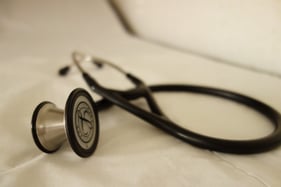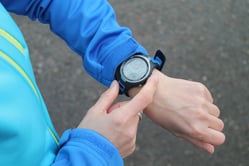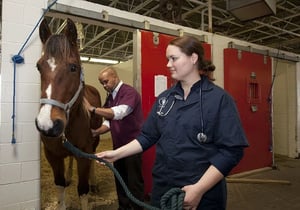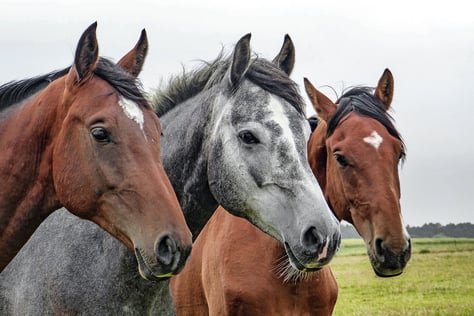Healthy Vital Signs For Your Horse
Posted by
Classic Equine Equipment Blog on Aug 5, 2020 3:27:40 PM
Call us today (800) 444-7430
 TEMPERATURE:
TEMPERATURE:
 Rates between 40-60 are considered “serious”, but may be explained by an elevated temperature such as on a very hot day or if the horse is suddenly frightened or excited, his heart rate can become temporarily elevated. Wait a few minutes and then recheck to see if the rate comes down when he is more relaxed. Rates above 80 are considered “critical” and indicate a very serious problem.
Rates between 40-60 are considered “serious”, but may be explained by an elevated temperature such as on a very hot day or if the horse is suddenly frightened or excited, his heart rate can become temporarily elevated. Wait a few minutes and then recheck to see if the rate comes down when he is more relaxed. Rates above 80 are considered “critical” and indicate a very serious problem.


From horse stalls to barn doors, stable flooring and entrance gates, Classic offers the widest product lines in the industry while continuing to expand through innovation and strategic alliances.
We look forward to answering your questions. Our sales team is knowledgeable about everything from horse barn design to equine stall systems and readily available to assist you in planning your Classic barn!
ph: (800) 444-7430
em: sales@classic-equine.com
